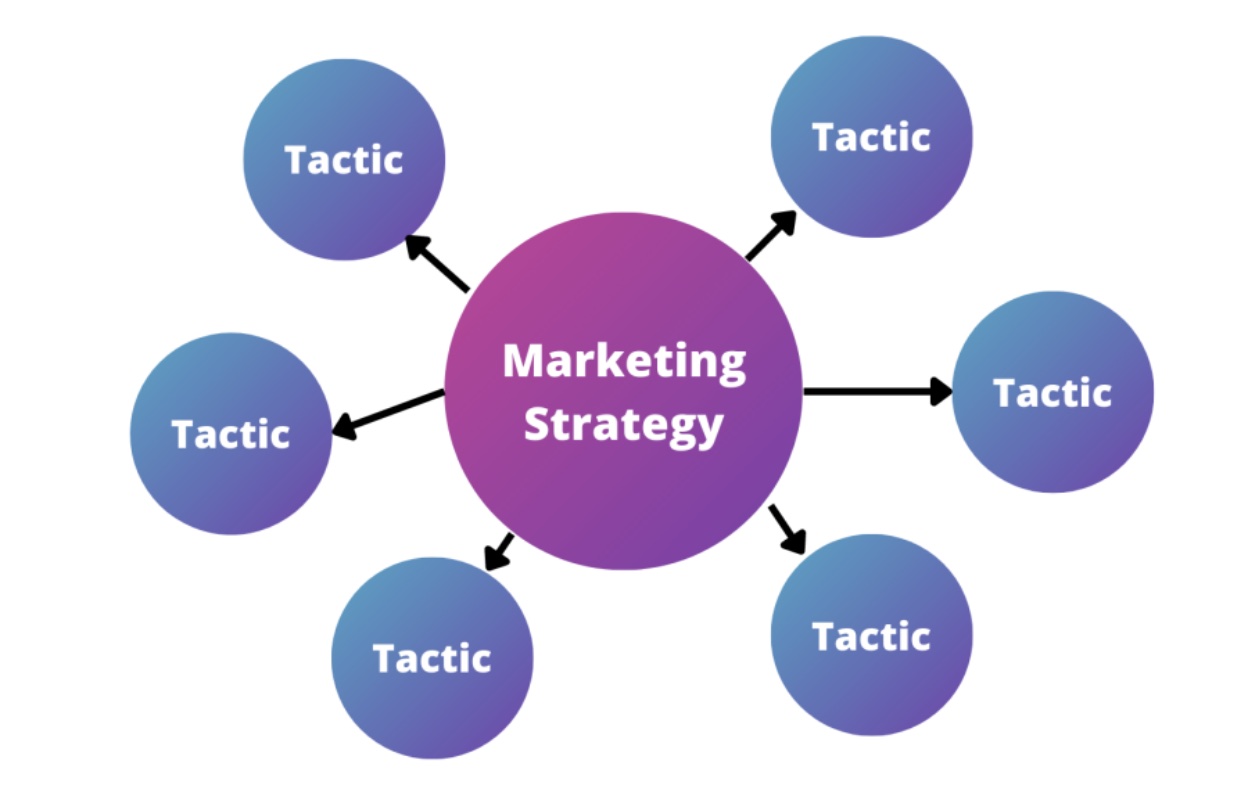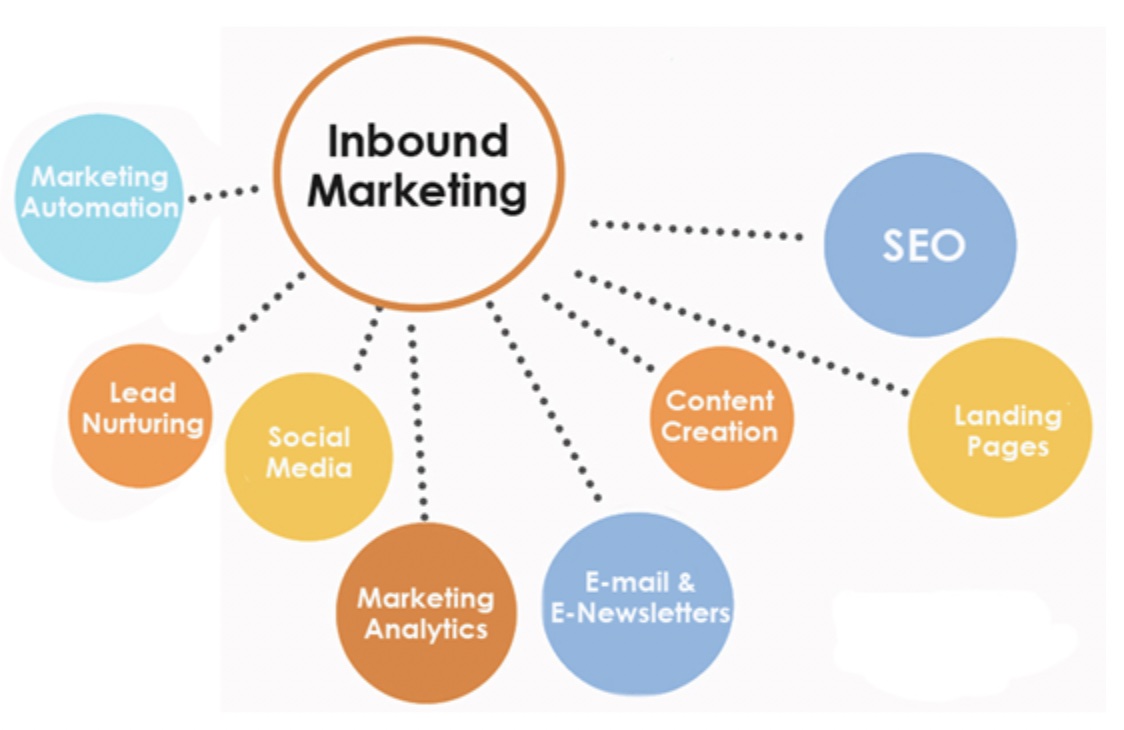Jul 13 (News On Japan) - Keeping your B2B sales pipeline packed with hot leads is crucial for sustained growth and success.
This involves not only identifying and nurturing potential clients but also leveraging digital marketing strategies like SEO (Search Engine Optimization) and link building to attract and convert high-quality leads. Here's a comprehensive guide to achieving this goal:

Understanding the B2B Sales Pipeline
A B2B sales pipeline is a visual representation of your sales process, detailing each stage a prospect goes through from initial contact to closing the deal. Key stages typically include:
- Lead Generation: Identifying potential clients.
- Lead Qualification: Determining the prospect's potential and needs.
- Engagement: Building a relationship through consistent communication.
- Proposal: Presenting a tailored solution.
- Negotiation: Discussing terms and addressing concerns.
- Closing: Finalizing the deal.
Lead Generation Strategies
1. Inbound Marketing
Inbound marketing focuses on creating valuable content that attracts prospects to your business. Key tactics include:
- Content Marketing: Develop high-quality, informative content such as blog posts, whitepapers, case studies, and eBooks. This positions your business as an industry thought leader and builds trust with your audience.
- SEO: Optimize your website and content to rank higher in search engine results, making it easier for potential leads to find you.

2. Outbound Marketing
Outbound marketing involves reaching out to potential leads directly through methods like cold calling, email campaigns, and direct mail.
- Email Marketing: Develop targeted email campaigns that address the specific needs and pain points of your prospects.
- Cold Calling: Train your sales team to effectively communicate your value proposition over the phone.
Leveraging SEO for B2B Lead Generation
SEO is critical for driving organic traffic to your website, which can convert into high-quality leads. Here are some key strategies:
1. Keyword Research
Identify keywords and phrases that your target audience is searching for. Use tools like Google Keyword Planner, SEMrush, or Ahrefs to find relevant keywords with high search volume and low competition.
2. On-Page SEO
Optimize your website’s content and structure to improve its visibility in search engine results. Key elements include:
- Title Tags and Meta Descriptions: Ensure each page has a unique and compelling title tag and meta description.
- Header Tags: Use header tags (H1, H2, H3) to structure your content and include keywords where appropriate.
- Content Optimization: Incorporate relevant keywords naturally within your content, maintaining readability and value for your audience.
- Internal Linking: Link to other relevant pages on your site to improve navigation and SEO.
3. Technical SEO
Ensure your website is technically sound to improve search engine crawlability and user experience. Key aspects include:
- Site Speed: Optimize your website to load quickly on all devices.
- Mobile Optimization: Ensure your site is mobile-friendly.
- Secure Website (HTTPS): Use SSL certificates to secure your website.
4. Local SEO
Optimize your site for local searches if your business targets specific geographic regions. This includes creating and optimizing your Google My Business profile and acquiring local citations.
Effective Link-Building Strategies
Link building is the process of acquiring backlinks from other websites to your own, which can significantly boost your SEO and drive referral traffic. Here are some effective strategies:
1. Guest Blogging
Write high-quality articles for reputable websites in your industry. This not only earns you backlinks but also positions you as an authority in your field.
2. Content Marketing
Create shareable content, such as infographics, research reports, and how-to guides. Promote this content through social media and industry forums to encourage other sites to link to it.
3. Resource Page Link Building
Identify websites that list resources relevant to your industry and reach out to request the inclusion of your content.
4. Broken Link Building
Find broken links on reputable websites and suggest your content as a replacement. This provides value to the website owner and earns you a backlink.
5. Skyscraper Technique
Identify popular content in your industry and create an even better version. Reach out to sites that are linked to the original content and suggest they link to your improved version.
Nurturing Leads Through the Pipeline
Generating leads is only the first step. Nurturing them through the pipeline involves consistent engagement and personalized communication.
1. Lead Scoring
Implement a lead scoring system to prioritize leads based on their likelihood to convert. Criteria may include engagement level, company size, and decision-making power.
2. Marketing Automation
Use marketing automation tools to streamline your lead nurturing process. Automate email campaigns, follow-ups, and social media interactions to maintain consistent engagement.
3. Personalized Communication
Tailor your communication to address the specific needs and pain points of each lead. Use CRM tools to track interactions and preferences, allowing for more personalized and effective engagement.
4. Educational Content
Provide your leads with valuable, educational content that helps them solve their problems. This builds trust and positions your business as a go-to resource.
Monitoring and Adjusting Your Strategy
Regularly monitor your sales pipeline and marketing efforts to identify areas for improvement. Key metrics to track include:
- Lead Conversion Rate: The percentage of leads that convert to customers.
- Sales Cycle Length: The average time it takes to close a deal.
- Customer Acquisition Cost (CAC): The total cost of acquiring a new customer.
Use this data to refine your strategies and ensure your pipeline remains packed with high-quality leads.
Conclusion
Maintaining a robust B2B sales pipeline requires a strategic blend of inbound and outbound marketing, effective use of SEO and link building, and consistent lead nurturing. By optimizing your online presence and leveraging digital marketing tactics, you can attract and convert high-quality leads, ensuring sustained business growth. Regularly monitor and adjust your strategies based on performance data to keep your sales pipeline full and thriving.















